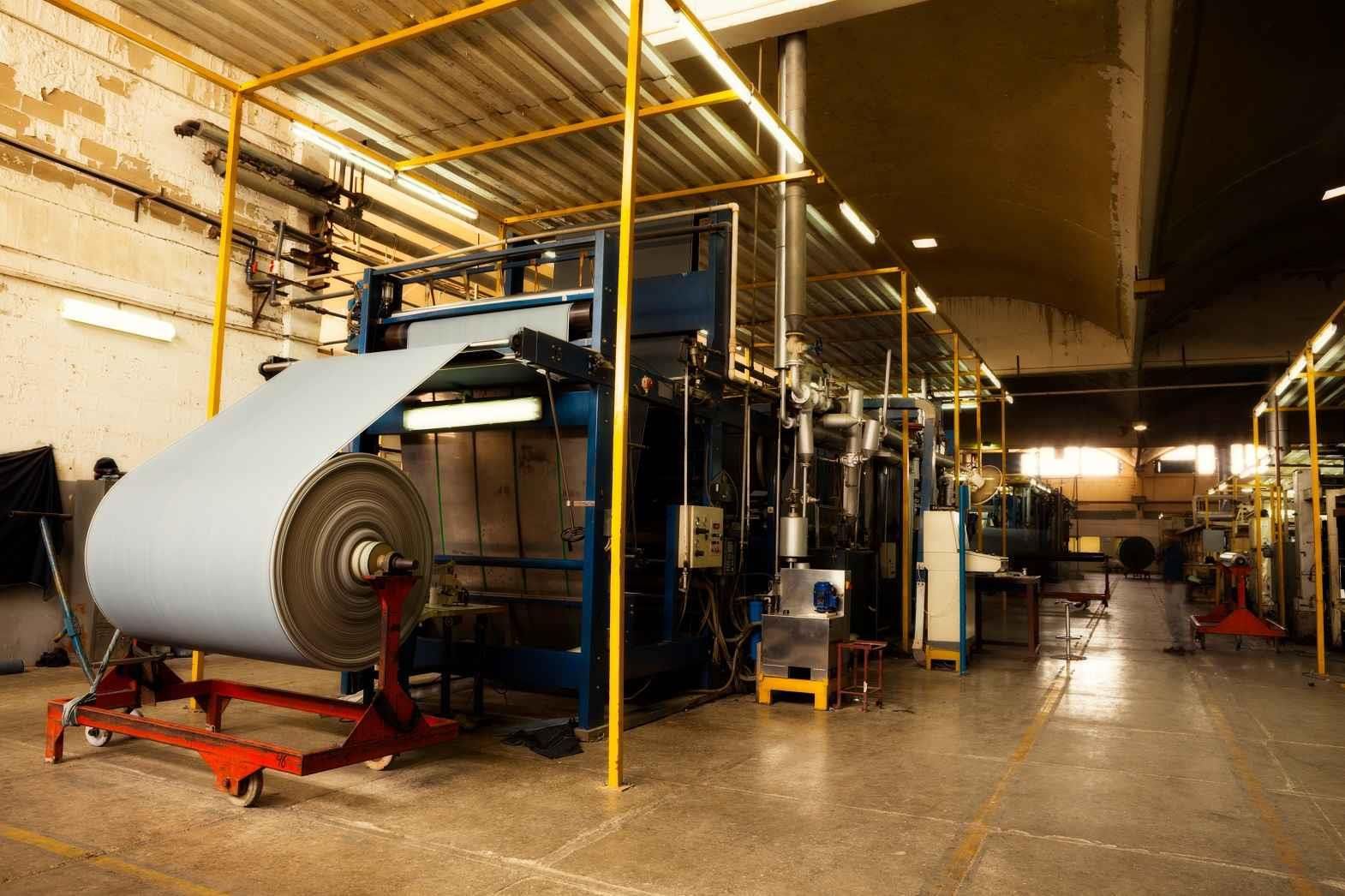Pakistan is a land with 442 spinning mills, 1260 ginning units, 2550 garment manufacturing companies, and 600 knitwear-producing units. Textile products like carpets, rugs, towels, tents, home textiles, hosiery, and apparels are manufactured here to be exported to countries like the US, Hong Kong, the United Kingdom, Germany, Italy, France, the Netherlands, Dubai, and Afghanistan. Textile is a strong pillar supporting the economy of Pakistan. Textile products and garments constitute almost 50 per cent of the total international exports and account for almost 8.5 per cent of the GDP of the country, employing 38 percent of the production labor workforce.
The spinning industry of Pakistan functions in a competitive but free environment as long as procurement and the use of raw materials are concerned. Scarcity of crop led to the sourcing of international cotton in Pakistan, which began a decade ago. Today, the nation approximately sources 3 million bales from the international market and produces close to 11.5 million bales domestically.
Pakistan enjoys a Free Trade Agreement with the European Union. Thanks to the textile industry of the country, Pakistan enjoys healthy relationships with the EU. The European Union has relieved Pakistan from tariffs on exports of products, and also the law signed in December 2013 granted the nation a Generalized Scheme of Preferences status (GSP Plus). The deal and allocation of work began in January 2014 and will continue until the year 2017. While the European Union will benefit from importing cheap textile products from Pakistan, the latter will seek an advantage by creating jobs in the sector and also lead to economic growth. The GSP Plus is estimated to increase exports worth $650 million from textiles and apparels alone in the first year of its agreement.
The government of Pakistan has also made improvisations in the textile policy of 2014-2015 in order to support and uplift the sector. The revisions emphasize proper infrastructural facilities, adequate investments, proper training centers, research institutes for developing quality products in the textile industry. It will also concentrate on regional trading to expand production capacities of garments in Karachi, Islamabad, and Faisalabad.
However, there have not been enough efforts from the country's government in the matter of the energy crisis. The government has not yet fulfilled the promise of installing continuous electricity and gas plants to boost power supply. This has affected the textile industry of Pakistan tremendously. Manufacturers had to move to alternative methods of producing electricity like generators and inverters, ultimately leading to a rise in the costs of production. The shortage of electricity hence increased expenses and reduced profitability for textile exporters of the country. As a result of the lack of power supplies, many factories closed down, and thousands of individuals remained unemployed.
Pakistan's textile and apparel industry also faces fierce competition from nations like India, China, and Bangladesh. Economic factors such as depreciation of the national currency, increasing interest rates, twin digit inflation, and rising cost of raw materials like cotton and yarn have also placed significant hurdles against the country. The inadequacy of a decent infrastructure, technology, latest machinery, and skilled labour force are also hampering the growth of the Pakistani textile industry. Adding to this are woes from political instability in the country and issues of internal security. These concerns are making foreign buyers worry and giving them reasons to source textile products and garments from Pakistan's neighbouring countries.
The country also needs to improve and comply with the international health and safety standards to impress its international buyers. Recently, Walt Disney terminated all garment orders with Pakistan based manufacturing units on the same grounds. As many as sixteen companies lost businesses worth $ 150 million in the country. A cascading effect of such an incident is a bad sign for the textile industry since, US imports textile products worth $ 3.2 billion. Companies export in total $ 1.2 billion worth of garments to brands like GAP, Levis Strauss, Nike, Wal-Mart, and Jones Apparel every year.
Poor working conditions have led to international companies from US and EU demanding the country and its manufacturing units to adopt a Better Work Programme (BWP). The International Labour Organization (ILO) also had warned the country to adopt an enforcement system against weak labour conditions and poor monitoring. Many manufacturers will suffer if they soon do not comply with such rules and systems and lose their orders.
It can be concluded that the textile and garment industry of Pakistan has immense potential to expand provided it takes into consideration the various obstacles that require immediate and necessary actions, especially by the government to uplift the sector. Failure in taking steps can pull the textile industry down leading to inability to compete in the international market against its rapidly growing and abled contemporaries.
References:
1. Textileasia.com.pk
2. Centralasiaonline.com
3. Textileworldasia.com
4. Thenews.com.pk
5. Aptma.org.pk









Comments